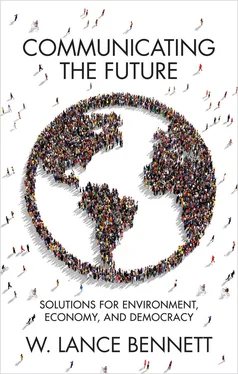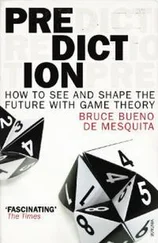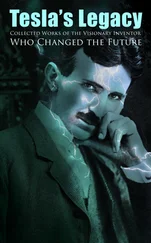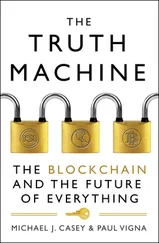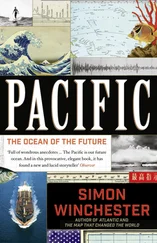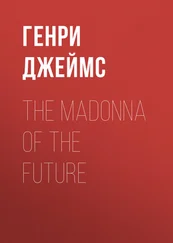The logic of issue fragmentation in much of our political communication is, of course, reinforced in most democracies by governmental policy processes that compartmentalize issues in different legislative and bureaucratic sectors. Many of us live in democracies shaped after World War II, with institutions built on assumptions that socioeconomic systems were working fairly well, and that policy processes should address relatively narrow categories of things that required adjustments. As a result, civil-society organizations with lobbying capacities are pushed to develop political strategies to fit their issues into available political slots, and, above all, to “be realistic” in order to get a seat at the bargaining table. But so far, being realistic has not produced success beyond occasionally making the problems less bad. The legacy of “being realistic” has resulted in the reality that nineteen of the twenty hottest years ever recorded occurred in the first two decades of this century. Much of this heat is absorbed by the oceans, where water temperatures are also the highest in recorded history. There is a great species extinction currently in progress. And, despite gains in renewable energy, the global demand for fossil fuels continues to grow, driven by government subsidies in many nations for the coal, oil, and gas extraction needed to run economies that cannot function on renewables as currently configured. In 2019, Oxford dictionaries declared “climate emergency” the word of the year. Perhaps a better framing for the problem would be “economic emergency.”
The political fragmentation that undermines movement coherence is also reinforced by the funders of cause organizations. Most funding programs encourage activities centered around specific issues, from saving birds and other endangered species, to figuring out how to grow food in increasingly marginal environments. Private and public funders that support civil-society organizations must find ways to introduce broader connectivity among their funding networks and provide incentives for organizations to cooperate in developing more broadly shared visions.
In short, it is time to rethink movement politics so that diverse factions can share common economic critique and renewal strategies, and march under fewer banners. It is good to remember that alarms about the relentless industrialization and degradation of nature have been sounded continuously by growing numbers of movement organizations, citizens, and scientists since at least the middle of the last century. Over the decades, the modern environmental movement, though loosely organized, has grown into the largest continuing expression of citizen concern and outrage on the planet. This book addresses the challenge of what to do after sounding the alarm. It is important to understand both how communication has contributed to the current crisis, and that we can learn to develop and share more effective ideas about more sustainable economies and societies.
Beyond the millions of schoolchildren and “extinction rebels” focusing public attention on the future, there are promising signs of public readiness to act. For example, opinion trends in the US show solid majorities favoring more effective environmental action even if it slows economic growth. 3But where are the appealing ideas, or the cohesive movements and voter publics that share those visions? And how can emerging political idea networks include more politicians, parties, and governments able to lead positive transitions toward better futures?
Despite many decades of activism and rising public concern, there are few widely shared visions of how people in different places can live well without destroying nature. To be clear: there are good and impressively documented ideas about how we can live differently and happily, but they have not yet become the focus of communication from large networks of prominent organizations working for change. Instead, we hear calls to stop eating meat, curb consumerism, or curtail travel. While such changes might help, many of the practices they attack are deeply embedded in many societies and cannot just be pulled out of the middle of people’s lives. Until such proposals are supported by more comprehensive plans that contain motivating visions of better ways of living, they will not gain the political uptake required to make a difference. As a result, the burden of change is often left up to individuals, who cannot organize change on the scale that is required.
A place to start is with learning how to develop, share, and amplify ideas that offer alternatives to currently dominant practices and their rationalizations. For example, there are many fragmentary movements and organizations producing sound alternatives to dominant thinking about the necessity of economic growth promoted with little consideration about what kinds of growth with what kinds of social benefits. The common prayer for economic growth has become the secular religion of our time. Yet the idea of engineering economic growth is a relatively recent historical invention that emerged, with theories and methods attached, in the wake of the Great Depression of the 1930s. Earlier economic thinking regarded growth as an incidental byproduct of more fundamental economic relations and outcomes. Nevertheless, the growth hype quickly promised a singular vision of prosperity that was conveniently blind to the costs, both human and environmental, that became built into our everyday cultures.
And so, we live with a daily backdrop of media cheerleading for growth, pronouncements from economists who serve as the high priests of our secular economic religion, and daily consumer propaganda to buy more stuff. Sadly, this is a false religion. Kenneth Boulding, a prominent economist and environment advisor to US President Kennedy in the 1960s, once quipped: “Anyone who believes in indefinite growth in anything physical, on a physically finite planet, is either mad or an economist.” 4More recently, economist James K. Galbraith has observed that: “Postwar neoclassical growth theories deliberately ignored resource and environmental limits, disparaged and disdained ecologists, and promised what was effectively impossible: perpetual growth, fueled by unlimited resources, the free disposal of wastes, and never-ending technological progress. Early warnings … [about environmental limits] … were ridiculed. More recently, the science of limits has gained acceptance, but most economists remain preoccupied with growth.” 5It is ironic that the basis for spreading the gospel of growth in the last century has evaporated in economies racked by inequality, austerity, and debt. While it was once fashionable to think that a rising economic tide lifts all boats, Galbraith quipped that, today, “a rising tide lifts only yachts.” 6
The good news is that opportunities for change are present. The world economy was already struggling on artificial life support (i.e. debt-driven growth) before the Covid-19 pandemic. The resulting shutdown of national economies produced shocks that invited a return to greater government management of economies based on concerns about public welfare. But what should governments do? There is even good news on this front: many creative ideas already exist for how to build “circular” or “steady state” economies, as discussed later in the book. These ideas aim to bring systems of production, distribution, consumption, and waste management into better balance with life-support systems on the planet. The time is ripe to fashion a new set of life stories from these ideas. In order to make a difference, a broad spectrum of organizations must develop the capacity to design, package, and promote more common visions of economic and political change.
Even though the opportunities for political renewal are growing, political parties have been slow to take advantage of them – at their own peril. Polls and election results in nations such as the UK, the US, Australia, and Germany indicate that the messages of the traditionally dominant parties (e.g. European Christian Democrats and Social Democrats, UK Labour, US Republicans and Democrats) have become exhausted following their neoliberal turns of the 1980s and 1990s and the related loss of their traditional voter bases. While there has been a resurgence of Green parties in Europe, some Green factions continue to put politics over principle by forming coalitions with center-right partners that limit their capacity for economic reforms. The idea of “Green growth” has become a fig leaf for abandoning transformative economics in a time of environmental crisis. More broadly, few center-left parties have figured out how to engage former working classes that have been replaced by a growing “precariat” of underemployed service and gig workers, who have yet to find (or to be offered) a political identity. 7A renewal of political parties with more credible appeals to discouraged publics can set a better political course.
Читать дальше
